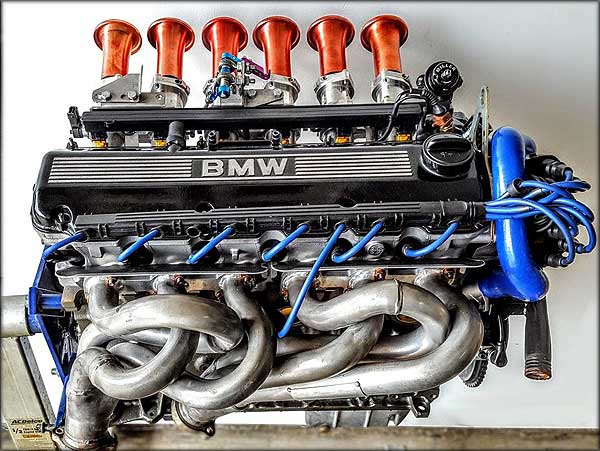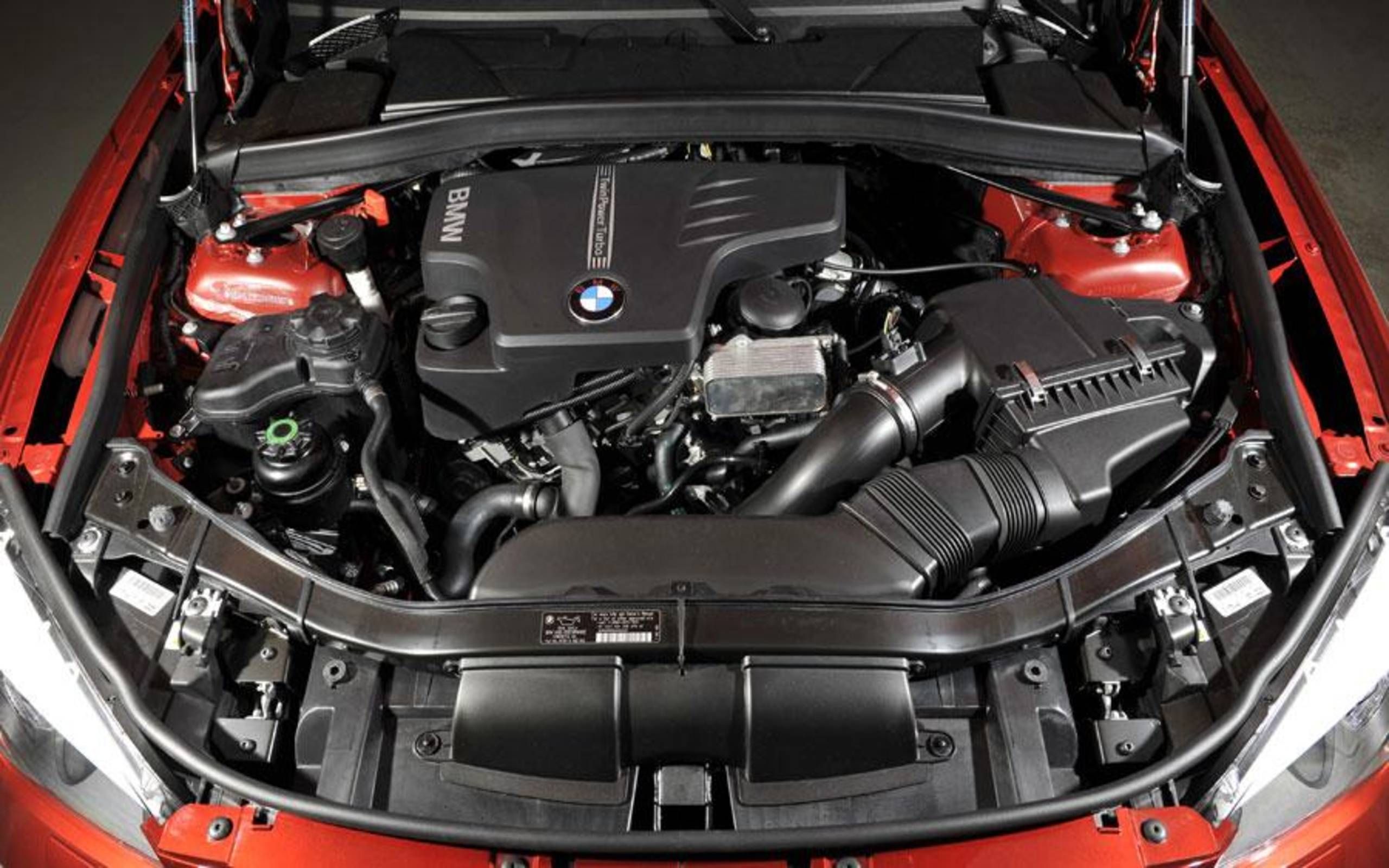Exploring the Development of Burning Engines in Modern Transport Equipments
As we browse the landscape of modern-day transport, the advancement of combustion engines stands as a testament to human resourcefulness and engineering prowess. The interaction of history, technology, and ecological worries in forming the trajectory of burning engines creates a story that is both engaging and insightful.
Very Early Beginnings of Combustion Engines
Just how did the concept of combustion engines initial emerge in the very early phases of transportation growth? The roots of combustion engines can be mapped back to the 17th century when the principles of internal burning were very first explored.
The innovation moment included the invention of the very first effective gasoline-powered engine by Karl Benz in 1885 - bmw engine. This engine paved the method for the advancement of the modern-day automobile, reinventing transport systems worldwide. Subsequent advancements by Nikolaus Otto and Gottlieb Daimler better refined combustion engine innovation, resulting in the automation of autos and the rapid expansion of the transportation market
These very early burning engines were identified by their simpleness and performance, laying the structure for the facility and effective engines used in modern transportation systems. The development of combustion engines has been important in shaping the way we travel and transfer products, marking a considerable milestone in the history of transport growth.
Change to Internal Combustion Technology
The change to inner combustion modern technology noted an essential shift in the evolution of transport systems. This change began in the late 19th century, with creators like Nikolaus Otto and Gottlieb Daimler developing the initial successful internal burning engines. These engines reinvented transport by using a much more powerful and effective choice to steam engines and electric motors.
Among the crucial advantages of internal burning engines was their ability to be reduced to fit into cars, leading to the growth of cars and motorcycles. This change from large, fixed engines to small, mobile ones led the method for the modern-day transport systems we see today.
The transition to inner combustion modern technology likewise stimulated improvements in fuel modern technology, leading to the growth of gasoline and diesel as primary fuel resources for cars. This change not only made transportation a lot more easily accessible to the masses but likewise laid the foundation for the oil and gas industry to end up being integral to worldwide economies.
Effect of Combustion Engines on Transportation
The adoption of burning engines in transportation systems catalyzed an extensive change in the efficiency and rate of worldwide mobility. Combustion engines changed transportation by offering a flexible and trusted source of power for various automobiles, consisting of cars, planes, vehicles, and ships. This advancement considerably improved the capability for items and individuals to conform cross countries in much shorter period, resulting in raised connection in between regions and nations.
Additionally, the widespread use burning engines has had a significant influence on economic development. The ability to deliver items successfully has actually spurred trade and commerce, allowing businesses to increase their markets and get to consumers worldwide. This has facilitated economic development and globalization, as items can now be carried quicker and in larger amounts than in the past.
Nonetheless, the ecological impact of combustion engines can not be overlooked. The burning of nonrenewable fuel sources has resulted in air contamination and greenhouse gas exhausts, adding to climate change and posturing wellness threats to populations. bmw engine. Therefore, there is an expanding emphasis on developing different propulsion modern technologies to alleviate these unfavorable effects and develop a much more sustainable future for transport
Technologies in Combustion Engine Layout
Many improvements in combustion engine style have thrust the advancement of transportation systems over the years. One notable development is the growth of turbocharged engines, which Read Full Report make use of exhaust gases to drive a turbine that presses incoming air, permitting more gas to be charred, causing enhanced power result without a considerable increase in engine size. Additionally, straight shot innovation has boosted fuel efficiency and performance by specifically controlling the quantity and timing of gas injected right into the burning chamber. Variable valve timing systems have actually also reinvented engine style by maximizing airflow at various engine rates, enhancing both power and effectiveness. An additional significant innovation is the integration company website of lightweight materials such as carbon fiber and light weight aluminum alloys, lowering general engine weight and enhancing automobile fuel economy. Developments in computer-aided design have actually allowed engineers to optimize engine efficiency and effectiveness via simulations prior to physical models are built, conserving time and resources in the advancement process. These innovations jointly add to the continual enhancement of combustion engines in modern-day transport systems.
Future Fads in Burning Engine Advancement
With innovation advancements driving continual development, the future of combustion engine growth is poised to change transportation systems around the world. One of the essential fads in combustion engine advancement is the press towards higher performance and reduced exhausts.
Another popular fad is the fostering of hybrid innovations in burning engines. Hybrid engines combine standard burning technology with electric power, supplying improved fuel effectiveness and reduced exhausts. As the automotive industry shifts towards electrification, crossbreed burning engines are viewed as a transitional solution that bridges the space in between standard vehicles and fully electric ones.
Additionally, the combination of clever modern technologies, such as artificial intelligence and data analytics, is anticipated to play a significant role in the future of combustion engine development. These technologies can optimize engine performance in real-time, leading to much more efficient combustion processes and enhanced overall vehicle performance. Embracing these future trends will not just drive technology in burning engine growth yet also add to a much more eco pleasant and lasting transportation community.

Final Thought
In conclusion, the evolution of burning engines in contemporary transportation systems has been noted by considerable improvements in technology and design. From the very early beginnings of burning engines to the change to interior combustion modern technology, these engines have had a profound influence on transportation.
The roots of burning engines can be traced back to the 17th century when the principles of inner combustion were initial checked out. These engines transformed transportation by using a much more reliable and effective alternative to steam engines and electrical motors.
